- Pierre Molinier (b. 1900)
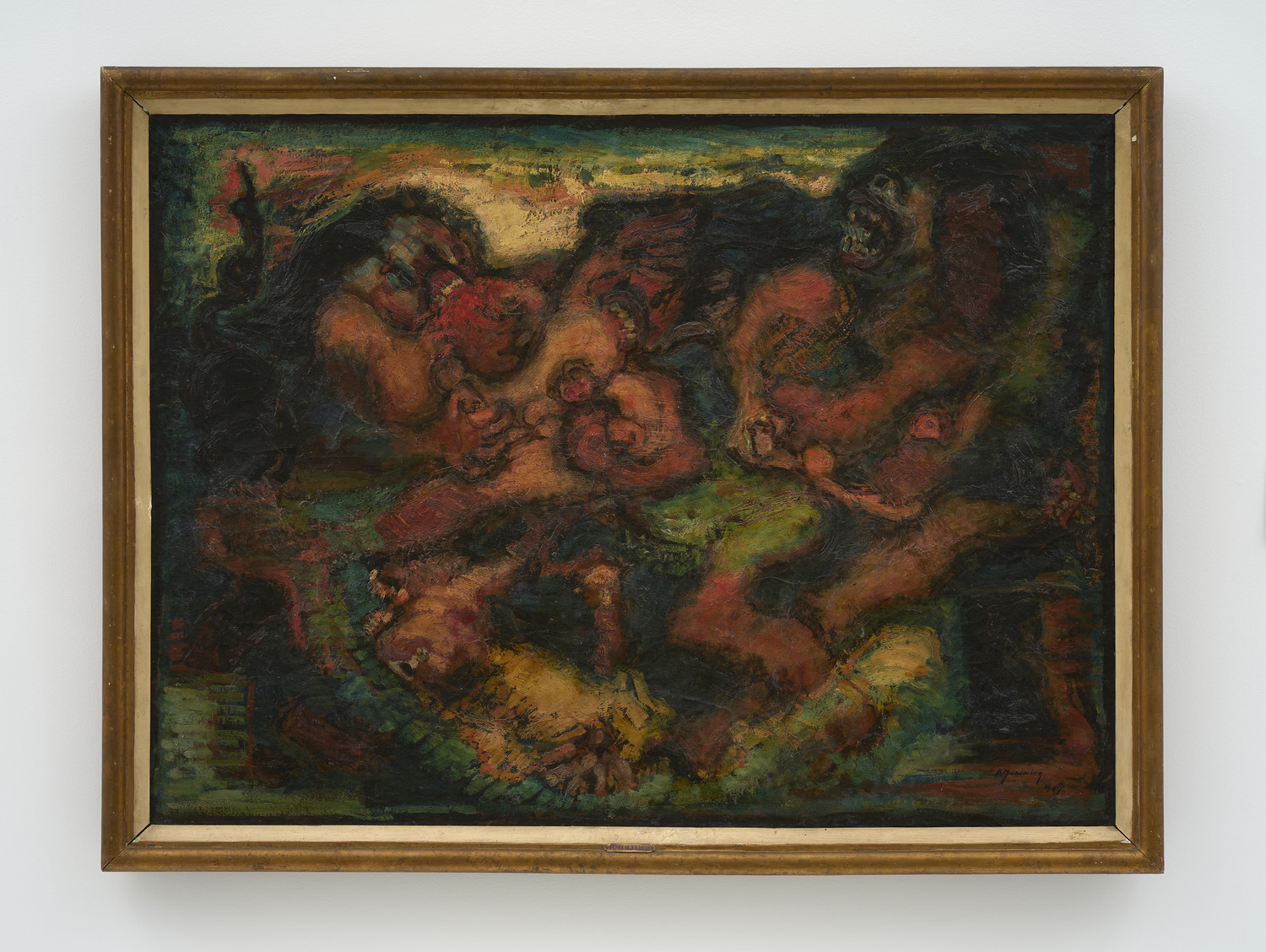
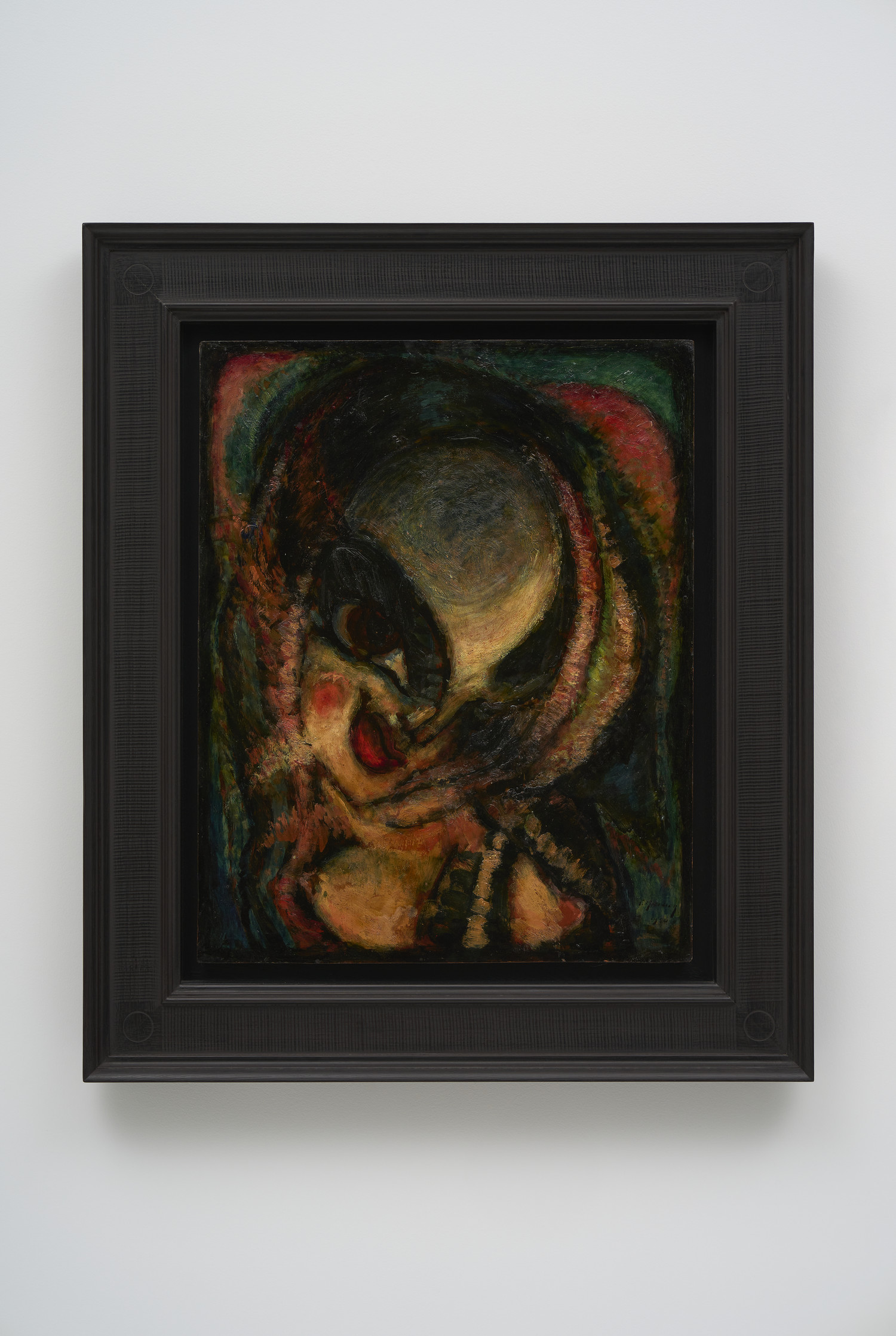

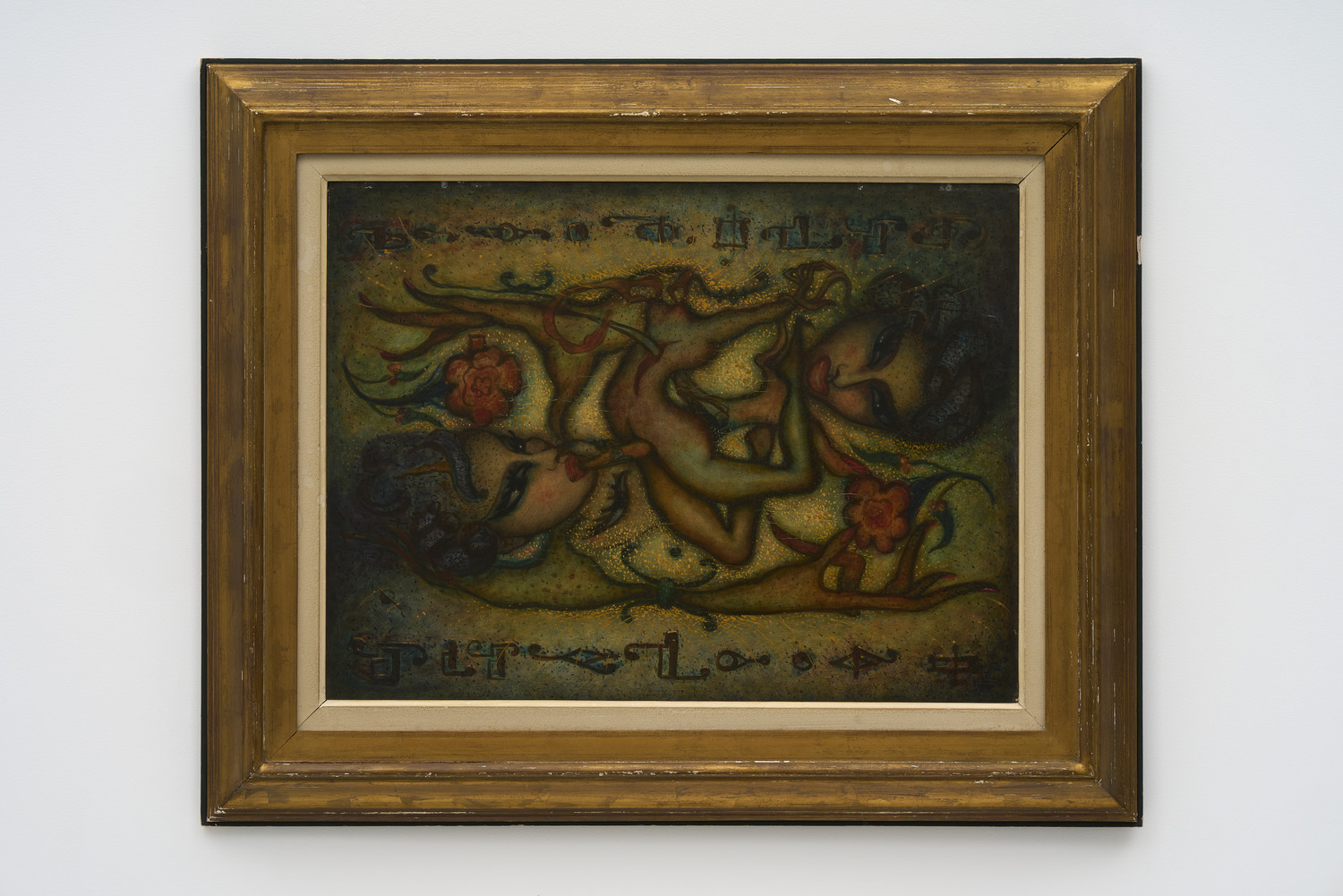
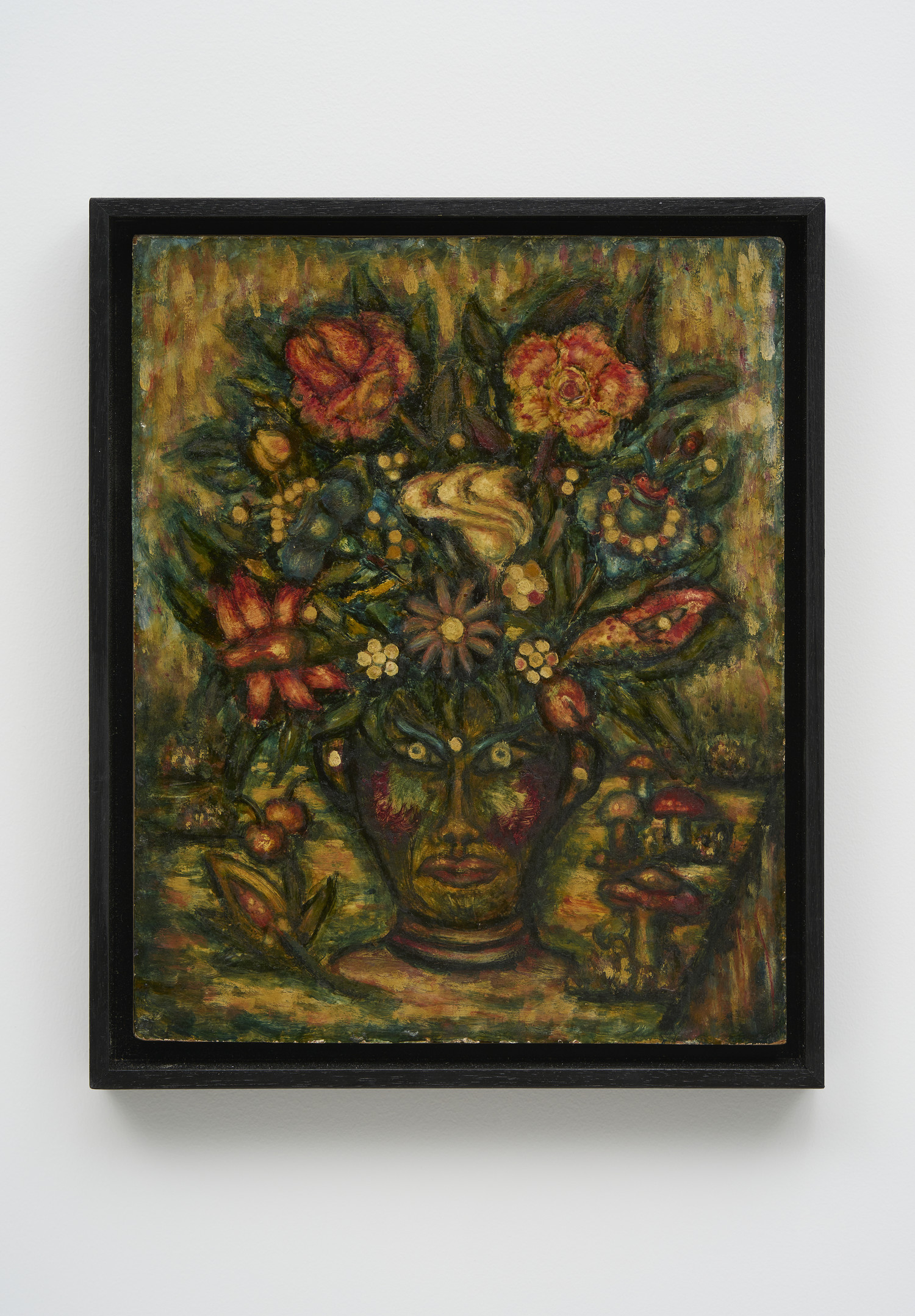
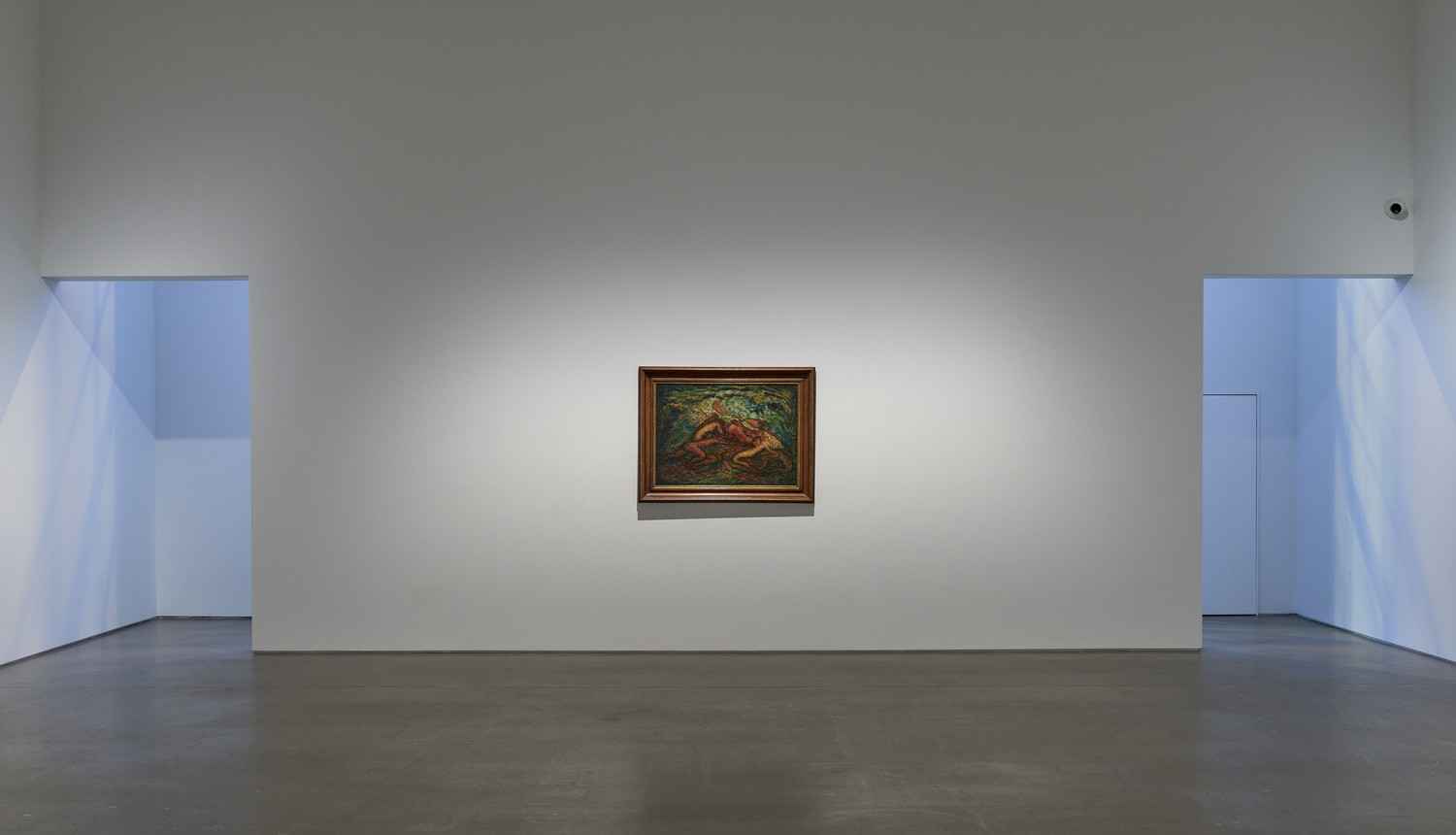
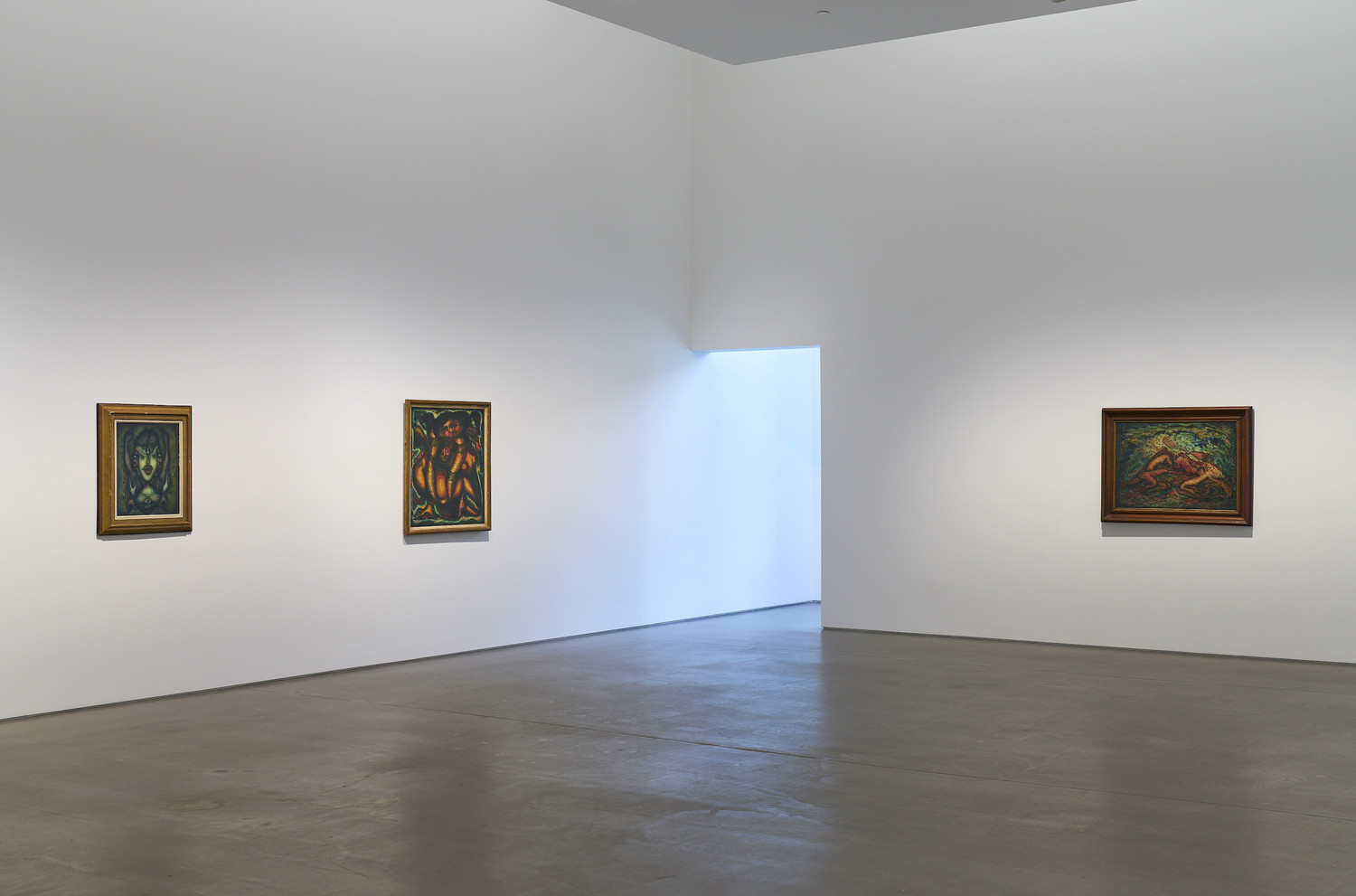

“My paintings are only an attempt to project, to render concrete that which is in me, of my feelings, of all that wishes to be expressed through me…. An attempt, incomplete, unresolved, because my ‘in me’ is not explainable and is somehow incommunicable. My work is then a medium somewhere between the visual and the esoteric, one that never quite attains the ideal of absolute expression. To reach this ideal anxiously sought after one would have to have recourse to another means of expression. Which one? Screams, maybe? But what would they be made of? And what kind of screams… Faced with reality, with regards to my most intimate nature, my paintings are reduced to mere shadows, a small trace, of that which is invisible. All of my art, all of my science, that I have learned, are nothing more than ‘Nothingness,’ a minimal substance to express this emptiness that is everything and nothing all at once.”
-Pierre Molinier
Pierre Molinier insisted that “valid work, for an artist, is that which is an absolute depiction of the artist, that which I contend are his passions and that which society and conformity label as vices.”
This proclamation holds true from Molinier’s birth to his death - a quest for identity and androgyny.
Molinier’s birth marked a significance: Friday, April 13, 1900.
According to the Tibetan religious criteria, 13th of a month in 1900 was considered lucky. Sometime in the 1930s, two representatives of the Dalai Lama visited Bordeux to specifically ask Molinier to paint symbolic drawings or mandalas for the Dalai Lama. His birth made him a “chosen” one.
He grew up in Agen, France and moved to Bordeaux in 1919. Stories of his childhood and coming of age years cannot be told without mentions of his obsession with women’s legs and fishnet stockings and infatuation with his younger sister.
Into his adult life, Molinier explored and documented his obsessions. He photographed his fetishes, “performances” and paintings for his own record. This task gave Molinier a chance to share his paintings with other artists, most famously with André Breton which eventually led to his association with the surrealist group of 1950s. Upon viewing photographs of Molinier’s paintings, Breton wrote “be assured, dear Pierre Molinier, that the Surrealists are very much your friends.”
This correspondence led to Molinier’s first exhibition of 18 paintings organized by Breton at a Paris surrealist gallery, Galerie à l’Étoile Scellée. The exhibition featured works from 1940s through 1950s including “Succube” and “Le Grand Combat.” In the exhibition catalogue, Breton called Molinier a “wizard of erotic art.”
Molinier’s earlier paintings were in the style of post-impressionist and embodied painterly effects and composition. They were erotic, animalistic and romantic, figurative and esoteric, poetic and pictorial - all around a daring expression of his obsessions.
Breton’s patronage encouraged Molinier’s desire to provoke. Starting in the 60s through 1974, the subjects of Molinier’s paintings became explicitly defined. His paintings appeared more esoteric, perverse and violent. Fetishes and androgyny existed in dreamlike and fantasy forms, merging psychic and physical. This transgression in addition to the realization of Molinier’s sexual identity ultimately led to the artist’s expulsion from the homophobic surrealist group.
Despite the disassociation line drawn by the surrealist, Molinier and his oeuvre fit into a broader idea of surrealist art that focuses on the deconstruction and reconstruction of gender. His escape from reason and logic, his anti-bourgeois and anti-religious rebellious attitude, and his aim to liberate the subconscious and individuality are all grounded on surrealist ideologies and sentiments; these were the basis that guided Molinier to cognitively explore his androgyny, identity, eroticism and narcissism.
Molinier’s death happened on Wednesday, March 3, 1976. A self-inflicted gunshot in his mouth in front of a mirror was an orchestrated performance. He left a note: “The hour of the crime on myself, 7:30 PM” depicting and performing his own death as a valid artist.
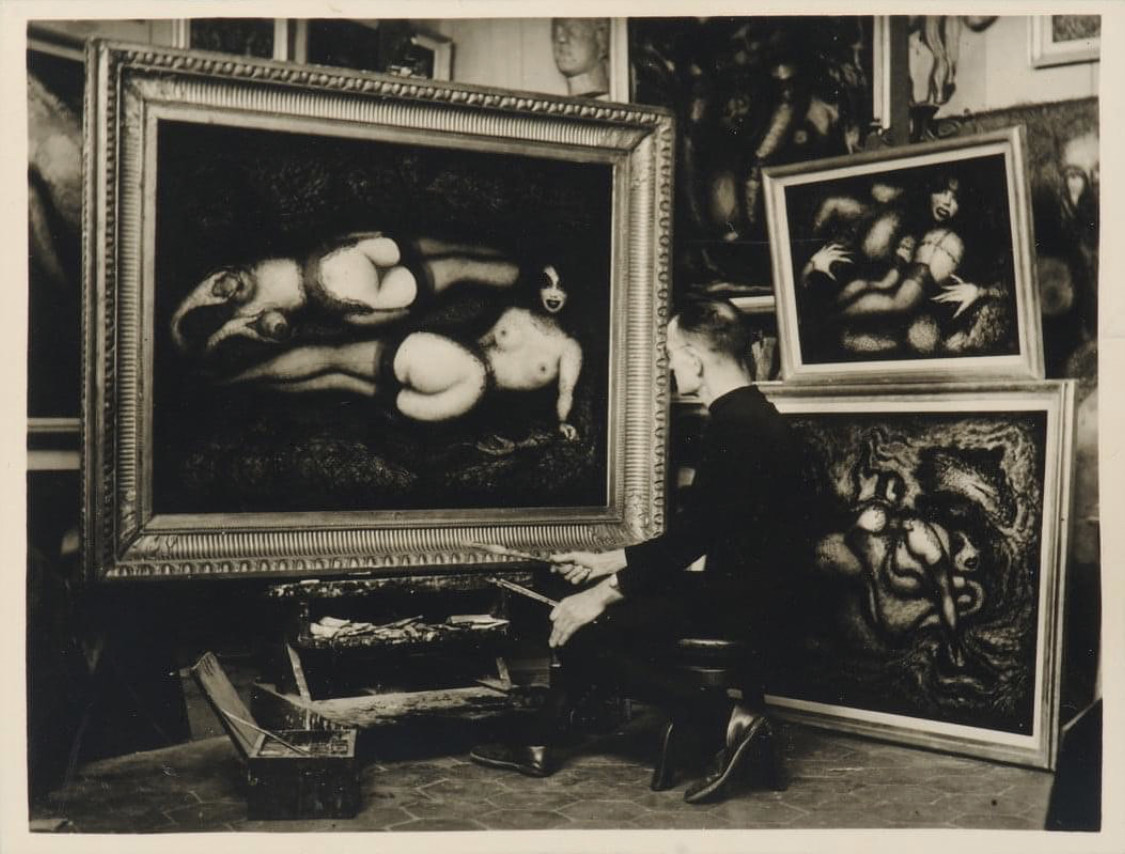
Autoportrait à l’atelier du Grenier Saint Pierre peignant La Fleur du Paradis (Self-portrait at Atelier Grenier Saint Pierre painting The Flower of Paradise) © Artcurial